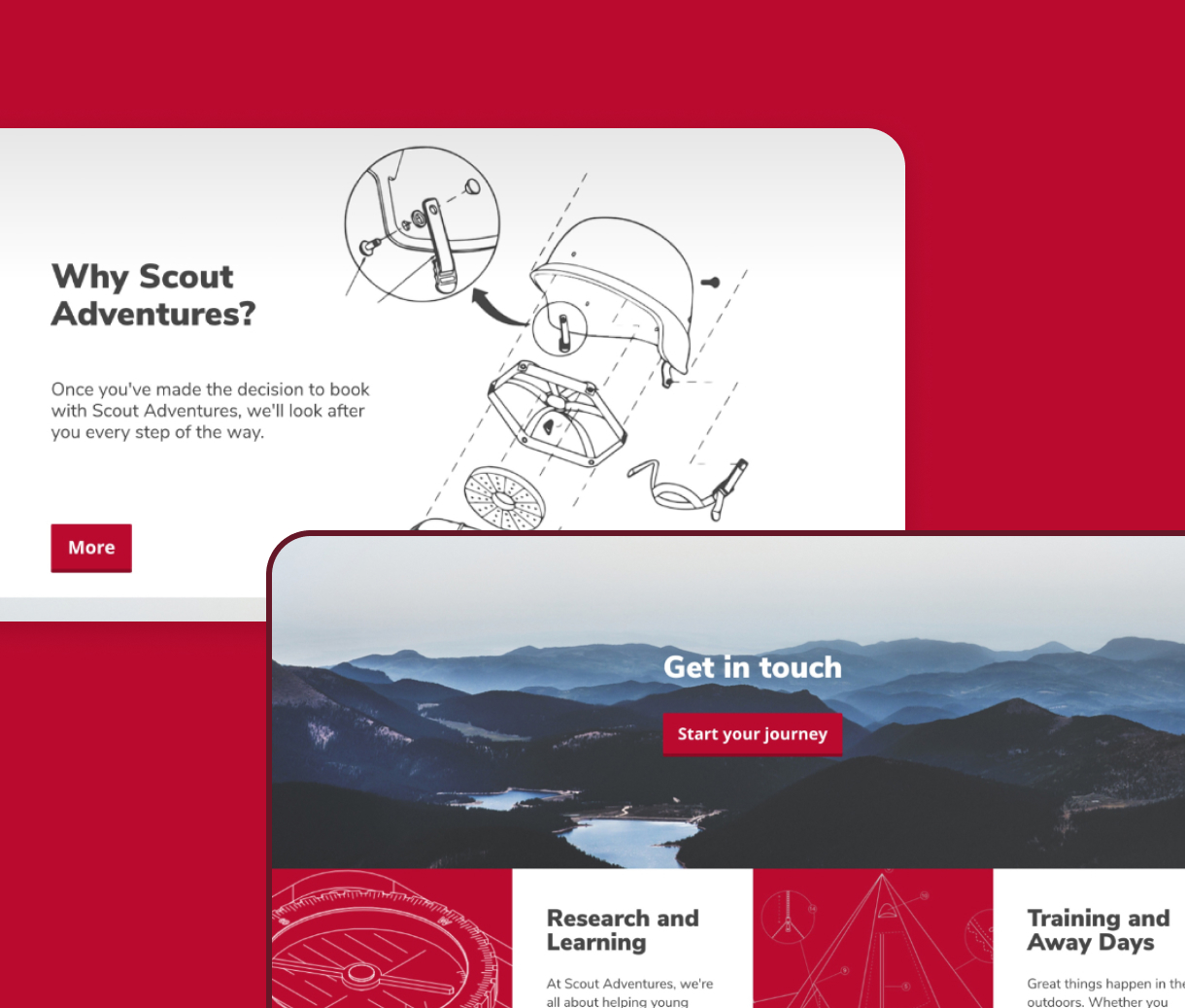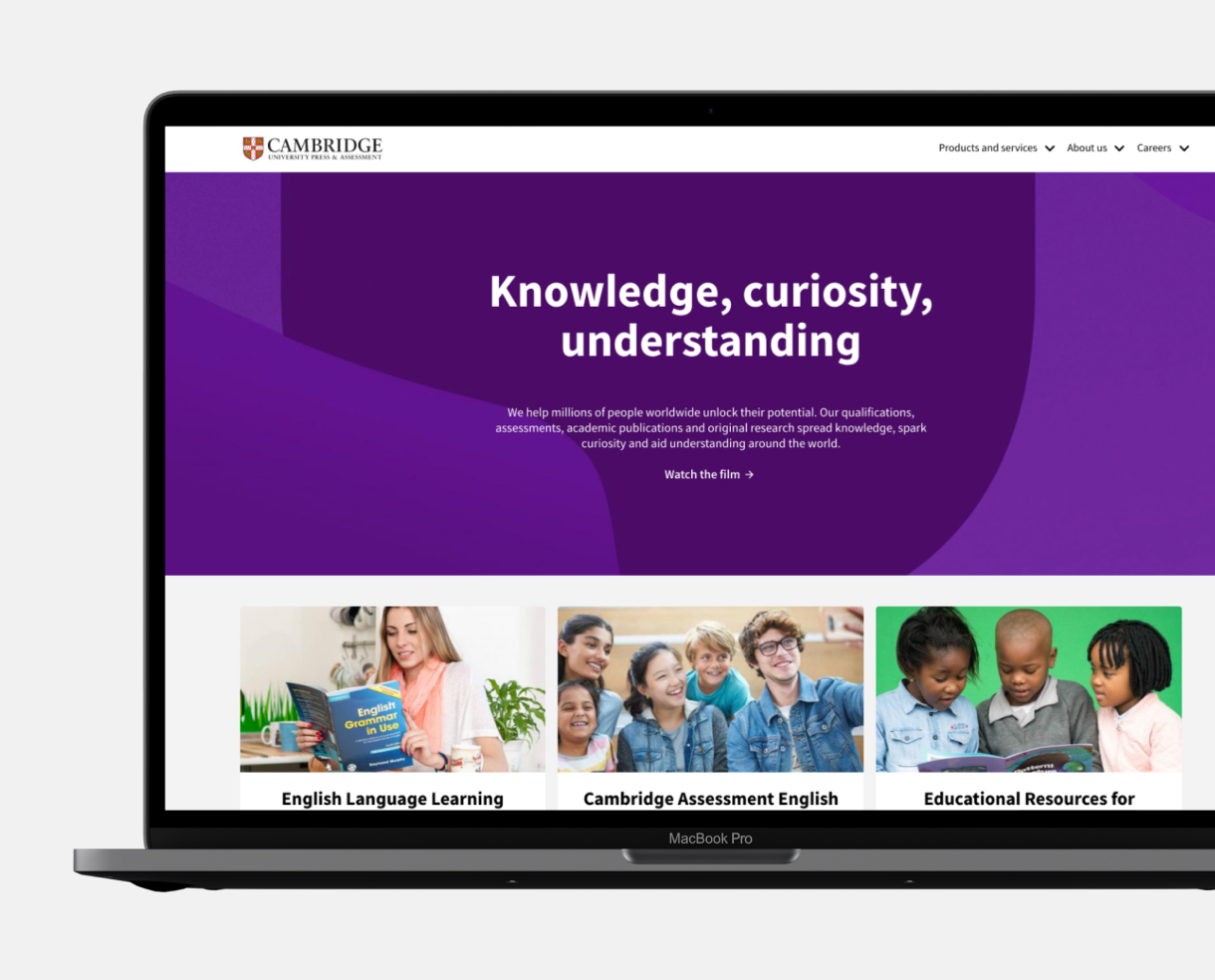Content strategy agency
A content strategy plans for the creation, delivery and governance of content.
A clear content strategy ultimately improves user engagement and trust through the creation, management and distribution of content.
Introduction to content strategy
Content strategy helps to ensure that the content serves a purpose, is useful and effective in supporting the organisation’s goals, as well as being efficient to create. Content strategy helps to attract more users and clients, aids in the discovery of an audience, clearly defines the right brand voice, and provides insight into how current content is performing. A content strategy is not the same as content tactics. Content strategy should be defined prior to any content tactic-related activities being defined or conducted.
What is a content strategy, and why is it important?
A content strategy is important for creating impactful, purposeful and effective content that aligns with an organisation’s business goals and interests the target audience and, therefore, contributes to the organisation’s overall success. A thorough understanding of a client’s audience takes a strategy from good to excellent and can help clients to achieve their goals more rapidly. Content strategy also plays a significant role in any marketing campaign.
The role of a content strategy
A content strategy encompasses the planning, creation, distribution and measurement of content. Content strategy plays a vital role in producing consistent messaging and branding to build a cohesive brand identity and ensures that the content speaks to users’ needs, goals and preferences. Content strategy is key in determining goals and KPIs, acquiring more information about a target audience, analysing data from existing campaigns, and determining the right channels to use.
Benefits of a content strategy
Content strategy encourages audience engagement, search engine optimisation (SEO), and influences conversion and sales. Content strategy also guides the production of content appropriate for different social media platforms, which also maximises engagement and reach. Content strategy leverages audience insights, ensuring that campaigns are tailored according to a specific target audience. Content decision-making and content presentation are also key aspects of content strategy which are constantly improved due to the evolving nature of content strategy, enabling clients to adapt to changing trends and preferences.
Supporting your users' needs
Promote goal alignment
Target communication
Enhance reputation and credibility
The 4 stages of content strategy
Stage 1: Define objectives and background materials review
A kick-off workshop should be held to establish the objectives of the project and any background materials shared and reviewed. This stage is crucial as it ensures the content strategy is relevant, purposeful and consistent with your goals.
Stage 2: Define the structure of the content strategy
Typically, the content strategy should contain information on:
– Purpose of the content (business objective or user need)
– How the content will reach users and how it fits in the overall experience
– Governance of the content
– Content formats, types and channels used
– Overarching writing style guide (style, tone, word use)
– On-website content structure and tagging (for findability and contextual visibility)
The content strategy should also concentrate on four broad areas:
– Planning
– Creation
– Maintenance
– Unpublishing
Stage 3: Workshop
A stakeholder workshop should be held to help provide information and guidance on some of the areas outlined above to ensure suggestions are aligned with ways of working, resources and any existing guidance in place. The clear objectives outlined in the kick-off stage are unpacked and provide a clear direction for the formation of the content strategy. As a collaborative team, we can identify which specific areas of your strategy require more attention, whether it’s SEO optimisation, content creation or social media management.
Stage 4: Document the content strategy
Following the workshop, the content strategy should be defined and documented, guided by the previously defined structure. The documentation of the content strategy serves as a shared record of plans and considerations which can be adjusted whenever, wherever.
What’s included
This should be shared with the client as a PDF document aligned with their branding to be used as an internal tool.
Why choose Make it Clear
At Make it Clear, we take an evidence-based approach to everything we do. Understanding your organisation, audiences, and the context in which they interact is paramount to the way we work and deliver a best-in-class user experience.
What does a content strategy look like?
A content strategy contains goals and objectives, a target audience, a content audit, a content calendar, content creation guidelines and analytics. The format and level of detail in a content strategy can vary depending on your company's size and specific needs.
What is content strategy in UX?
In UX, content strategy encompasses the planning, creation and management of content to ensure it addresses users' needs and preferences, as well as alleviates pain points.
What makes a good content strategy?
A good content strategy aligns with an organisation's goals, aligns with the needs of its target audience, and shows evidence of a clear direction for the distribution and measurement of content creation.



